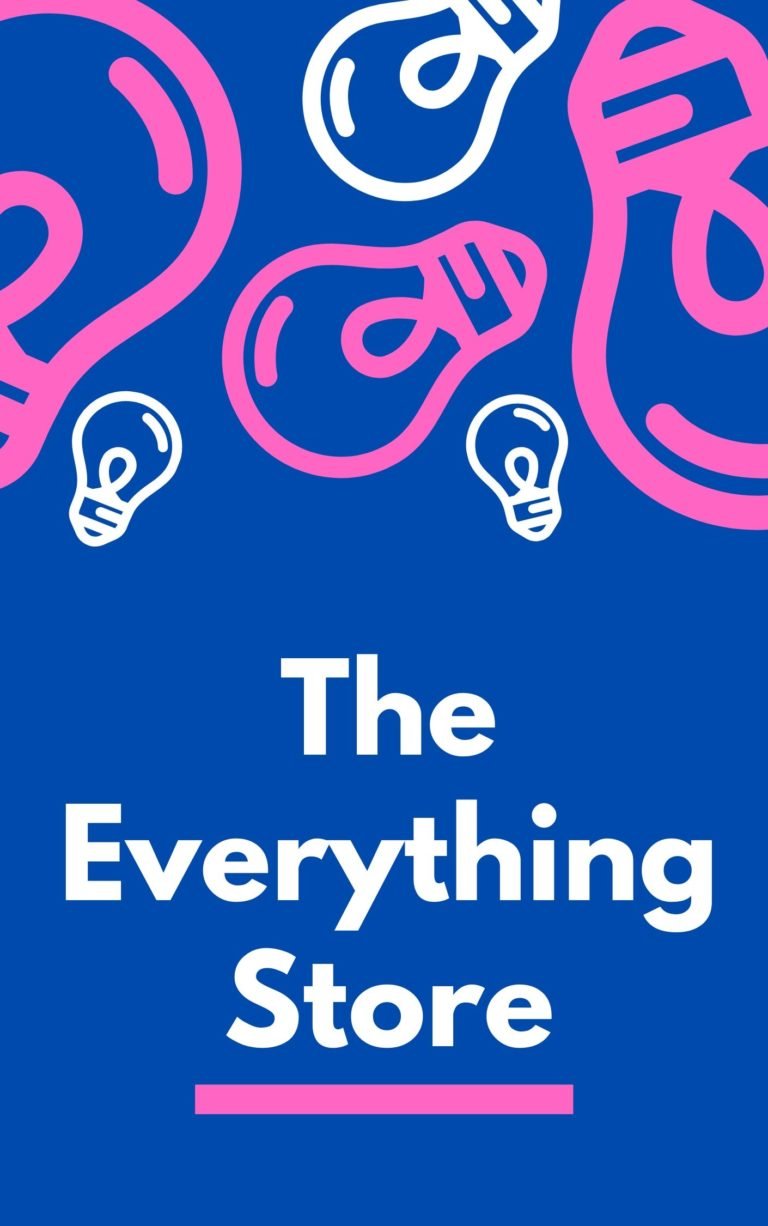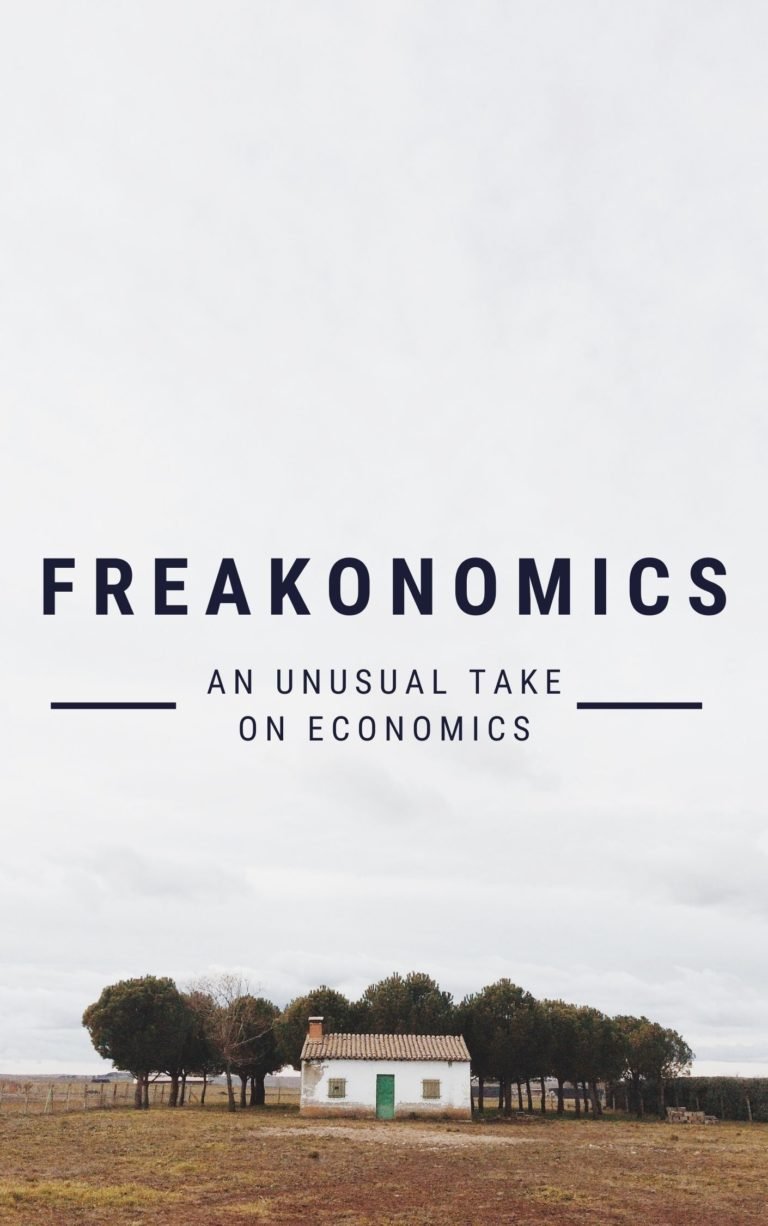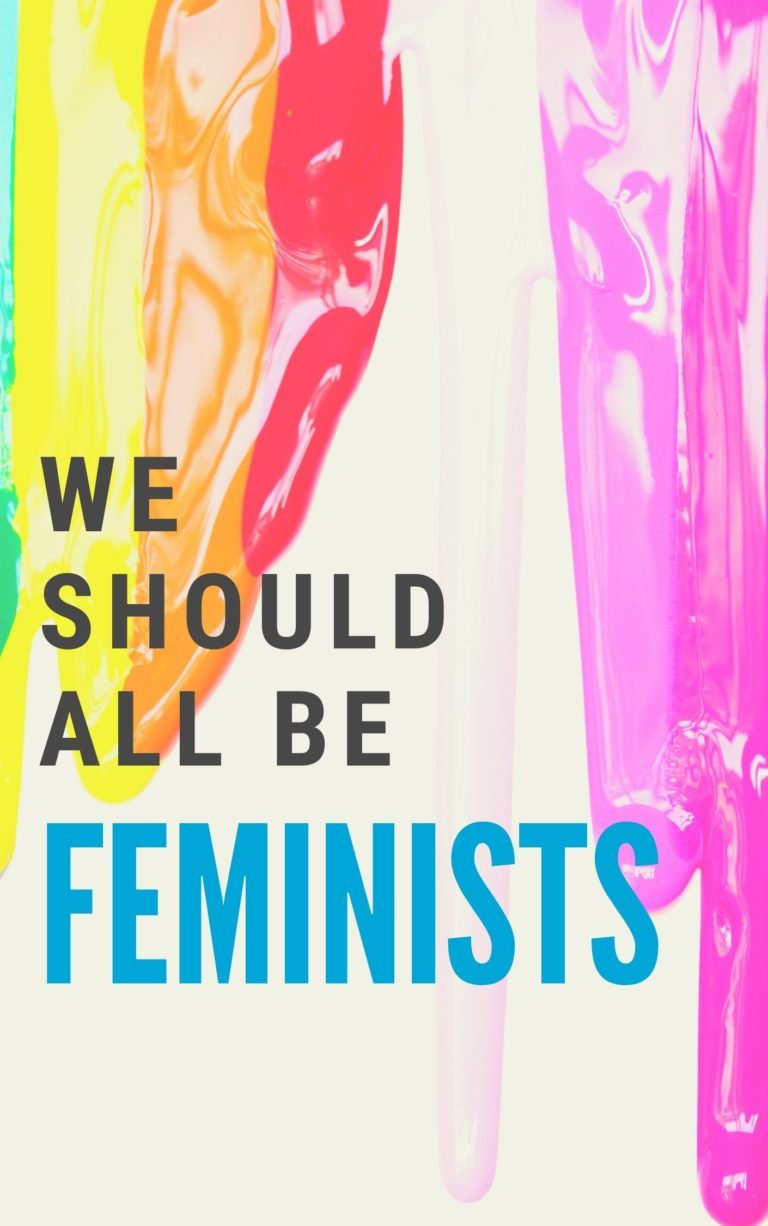Modern Romance
Aziz Ansari and Eric Klinenberg
Rating : 7.8
“A hilarious, often unsettling account of what young singles go through as they search for love in the digital age.”
-Rolling Stone
The first chapter of Modern Romance by Aziz Ansari compares the concept of love and dating in the 1960s compared with how we view love and dating today. His main argument is that back in the 1950s and 60s, women got married not out of love, but out of a need to escape the house and enter adulthood.
Today we have other things on our plate that prevent us from settling down and getting married. Our initial goal is to find someone who is our other half then get married. Aziz goes through a couple of examples of how technology and college have shaped the way we view love and marriage.
To get a better picture of what love and marriage looked like 60 years ago, Aziz went into a retirement home and interviewed a couple of elderly people. He found out that during the 1950s and 60s women had little freedom. Their parents were constantly watching them and the only way they could even get out of the house was to get married. The age that women usually got married was around twenty-one; men got married around the age of twenty-three.
The concept of finding your soul mate is fairly new. People in their twenties are usually in college and trying to find a job, so marrying someone right out of high school isn’t a common practice anymore. These emerging adults are already out of the house by the time they are eighteen, so they don’t see the need to marry someone out of necessity.
Aziz also says that the use of technology has given an infinite number of options for men and women to find their significant other. He makes a lot of claims in this first chapter about how the meaning of love has changed throughout the years.
“The world is available to us, but that may be the problem.”
-Aziz Ansari #modernromance
Contents
The Initial Ask
So how have the expectations for communication changed over the years? Well, according to data from 2012, men are still largely expected to initiate romance; however, with the introduction of online dating apps and the increase in texting, many other expectations have changed as well.
By 2007, sending texts suddenly became the most popular form of communication, and apps like WhatsApp, iMessage and Facebook Messenger suddenly increased texting options for many people. So what does this mean for dating? Ansari discussed texting versus calling people to initiate contact and young men, in particular, expressed fear at the thought of calling a woman versus texting them. Similarly, many women agreed that texting was a more appropriate way to make the first contact. While they may agree that texting is a much better form of communication, researcher Sherry Turkle argues that texting has decreased a young person’s ability to engage in spontaneous conversation. For instance, Ansari noted how when they split up their focus groups, the adults easily talked to one another while the younger generation avoided small talk by focusing on their phones.
While younger generations prefer texting over calling, there are many drawbacks to such communication. For instance, texting allows people to present themselves in ways that do not match who they are. For instance, men tend to move quickly to sexually aggressive and offensive text messages that they would never say in person. Furthermore, texting can lead to judgment and miscommunication if the texter uses bad grammar and spelling. Many people also have their own pet peeves when it comes to texting behavior. For example, a popular conversation starter men use is a generic message like “Hey!” However, women view such generic messages as a lack of creativity and effort and would prefer a conversation starter that takes more time and effort to send.
Daters in today’s younger generation also stress over seeming too eager and available. They largely fear coming off as desperate and worry about how long they should wait before making the next contact. One participant even admitted to making note of the time it took her date to respond, and then doubled it before replying. However, this participant wasn’t the only person to admit to using similar strategies. On the other hand, many others expressed their frustration in playing such games and preferred prompt communication from their date.
Lastly, younger people tend to put a large portion of their lives on the internet and social media. So what do they do before going on a date? They do some research! A simple Google search can lead to critical information that can go either way, it can be good or bad. Some admitted that they become overly judgmental of what they find on the internet. They find it hard to keep an open mind during the date if they find unfavorable information from their research. However, some people believe they learned valuable safety information after doing a simple Google search before a date. At the end of the day, it’s best to keep an open mind and remember that a person’s life online can be far different from their real one.
“Why do we all say we prefer honesty but rarely give that courtesy to others?”
-Aziz Ansari #modernromance
Online Dating
“too many people spend way too much time doing the online part of online dating, not the dating part.”
In today’s world, we have an unlimited amount of information and resources right at our fingertips. This holds true for dating as well. With the number of apps available, you have more options than ever to seek the type of relationship you want. With niche apps like Sweatt which matches fitness fans based on their favorite workouts, Tall Friends which matches those that are over 6ft 4in, and even Woo Plus for those seeking an overweight lover, there are endless amounts of niche apps to find whoever you are looking for. While some of these apps seem a bit ridiculous, they are gaining popularity and a full one-third of marriages come from online dating services. In fact, more people are finding their partners online versus finding someone through work, school, and friends combined.
Even with all the options for online dating available, there are downsides as well. Many people find themselves becoming more and more picky about their prospective dates. For instance, a participant named Derek once rejected a potential date because of the baseball team the woman supported. Furthermore, participants expressed feeling burnt out from online dating. They spend so much time examining all their available options and meeting prospective dates that they have become frustrated with not finding a connection. However, Ansari suggests that this feeling of burnout comes from online daters not doing it well. For instance, research suggests that 90 percent of traffic is actually driven by looks, not the filters that people are encouraged to set on their profiles. So while someone may be looking for someone with particular interests, they will forego those interests for someone they find attractive.
When it comes to looks, Christian Rudder, the author of Dataclysm, proves that females see the most success when they make eye contact, have a coy look, and are looking up in their photos. Men see success when they are looking away in their photos and are engaging in an activity. Additionally, message length is important and Rudder suggests that a message between 40 and 60 characters is the “sweet spot” and is the most successful in soliciting a response.
However, even with all the available tips and tricks, simply getting to know a person based on their dating profile is no substitute for meeting them in person. It’s important to avoid online courtship for too long and Ansari suggests that you meet in person as soon as possible. While many women avoid such meetups for safety reasons, the reality is that meeting face-to-face is the only way you can learn if a person is the right fit or not. Our online personas can be far different from our real ones, so to avoid drawing out a doomed relationship, it’s best to meet in person as quickly as possible.
“There’s not a dating service on this planet that can do what the human brain can do in terms of finding the right person.”
-Aziz Ansari #modernromance
Choice and Options
As mentioned in the previous chapter, there are countless choices and options for a potential mate nowadays. But is this necessarily a good thing? Aziz Ansari discusses his parent’s successful 25-year relationship and points out that they didn’t have countless options when they were dating. In fact, their marriage was arranged. Today, we literally have a world of options at our fingertips, but with these possibilities comes a sense of missing out on something better. Professor of psychology, Barry Schwartz, argues that more choices lead to less satisfaction.
Think about the way you choose a restaurant. You might go through great lengths to find the “perfect brunch spot” but then end up going to the closest place anyway. Or even when you go grocery shopping, are you likely to look at and analyze every single bottle of wine before you choose? When we have endless options, we become overwhelmed. One study found that people were far more likely to buy jam after being offered to taste just six different varieties. When offered to taste twenty-four varieties, people were far less likely to make a decision and buy a jar of jam. There were too many choices! Too many choices can lead to paralysis in decision making of all kinds, not just when buying jam or wine.
To prove this theory further, Ansari researched dating trends in smaller geographic locations where people have less access to options. In such areas, research suggests that people get married younger than the national average. However, these studies also revealed that people were generally disappointed in the lack of options. Between knowing everything about everyone in town and seeing your ex everywhere, dating in a small town has its own set of obstacles.
Ansari then explores what he calls “non-boring-ass dates.” Boring dates might be the standard meet-up for drinks or coffee, but he instead wanted to see how people fared when the first date forced one or both parties to step outside their comfort zone. Doing something adventurous or a once-in-a-lifetime experience showed there would be a higher chance for a second date. No matter the type of first date, Ansari’s best piece of advice is to take time to get to know another person. A person’s best qualities are usually revealed over time, so be patient and allow a connection to grow throughout several dates.
International Investigations of Love
Much of the research provided so far only covers dating trends in the United States, so what about dating trends in other countries? Ansari took his research across borders to the cities of Buenos Aires, Tokyo, and Paris. Starting in Tokyo, Japan, where the city sees plenty of night clubs, love hotels that rent by the hour, and several adult-themed retail stores, hookup culture generally dominates the city. In fact, a full third of people under thirty have never even been on a date.
The government has become so concerned about a lack of population growth that they have started subsidizing families per child. Additionally, the government provides funding for couples events, internet tools, and other dating options for young couples. But why is Tokyo seeing such a rise in hookups over relationships? Japanese sociologist, Kumiko Endo, suggests that one obstacle is the rise of so-called “herbivore men” who have no interest in dating women who have successful careers. Additionally, men feel no rush to find a lifelong partner, they enjoy living with their parents until their thirties, and may even feel insecure due to the lack of stable, high paying work available in Japan. Online dating has also produced a stigma of being too forward among Japanese modern daters. For instance, many believe that posting selfies is egotistical and selfish, so many post pictures of their pets to show off their personalities in other ways.
On the other hand, the dating scene in Buenos Aires is far different from that of Tokyo. While men in Tokyo are criticized for being too forward, the men of Argentina are expected to be aggressive and go after who and what they want. For instance, catcalling on the street and high-pressure tactics are the norm for Argentinan males; behavior that is seen as predatory in other countries, like America, is widely accepted and even encouraged in Buenos Aires. Whereas men are aggressive, women are encouraged to appear disinterested and reject dating proposals even if they are interested, which simply creates confusion. Furthermore, online dating is seen as desperate and has not taken off as it has in other countries. Perhaps one of the major differences in Buenos Aires is the norm for dating more than one person at once, even those in committed relationships have a backup plan with someone else.
So while daters in America have their own obstacles, it seems that every country has its dating scene that is equally frustrating for both men and women trying to find a lifelong partner.
“If passionate love is the coke of love, companionate love is like having a glass of wine or smoking a few hits of some mild weed.”
-Aziz Ansari #modernromance
Old Issues, New Forms: Sexting, Cheating, Snooping, and Breaking Up
The phenomenon of sexting has been on the rise since sharing pictures became easily available through text messages and other online platforms. Sexting doesn’t have to be sending sexually explicit photos though, it can simply be sending sexy text messages as well. The popularity of this phenomenon suggests that 50 percent of people aged 18-24 have received sext messages and it’s becoming more popular in other age groups as well. And it’s not just for singles, sexting happens just as much between those in committed relationships. But why is it so popular? There are certainly many advantages including easily initiating intimacy, declaring sexual turn-ons, and it’s a great way for those in long-distance relationships to maintain intimacy.
However, like most things, there are certainly downsides as well. For instance, many experience betrayal by their partner when he or she engages in sexting with another person. Women also experience “slut-shaming” when they engage in such types of texting; however, younger women are beginning to change their perspectives and believe that sexting is an empowering act.
People engage in sexting more often nowadays due to the ease of privacy. You can simply be in the same room as others and still engage in sexting with someone else; however, this privacy doesn’t just make sexting easier, it also makes cheating easier. With the advancement of many privacy apps, people can easily hide conversations from their partners and easily engage in relationships with others.
This ease of privacy also increases the amount of snooping and has become a part of many modern relationships. Some openly allow their partners to snoop through their phones while others sneakily snoop through their partner’s phone without the other knowing. Snooping can certainly help a person find out about infidelity in their relationship, but it can also lead to a breakdown of trust.
Speaking of infidelity, different countries share different perspectives on the subject. While 88 percent of Americans find infidelity to be morally wrong, only 47 percent of those in France share the same perspective. Perhaps this is because French people believe being attracted to others is a natural part of life, and sometimes people follow through with those attractions. Basically, major politicians in France will not have their careers ruined over an affair like they would in America.
Settling Down
So how do you know when you find someone that is just right? With so many available options, it can be quite confusing to know when someone can easily fit into your life and become your lifelong partner. Not only is it confusing, but it can also become quite frightening to think about settling down. Many aren’t sure if they are ready for such a commitment, and maybe monogamy simply isn’t how humans are wired.
Say you do find someone that you are ready to settle down with, there are several more problems that you will face throughout your relationship. The first being the end of the “honeymoon phase.” During the honeymoon phase, the hormones produced during that time equate to a feeling of euphoria and can last anywhere from one year to 18 months. Once the passionate phase of the relationship ends, “companionate love” follows. Many find themselves ending relationships during this phase simply because they didn’t give enough time for that companionship to blossom. Perhaps this decline in companionate relationships is the reason why marriage rates are steadily declining in the developed world, specifically in places like Japan and Europe.
But maybe those that decide not to engage in marriage have the right idea. Some evolutionary psychologists argue that people are simply not wired for monogamy. Sex columnist Dan Savage states that monogamy was once viewed as men being expected to have extramarital affairs whereas women were not. This expectation shifted during the women’s movement when society largely believed this idea was unfair. Rather than just getting rid of monogamy altogether, society evolved towards stricter monogamy expectations for both women and men. Savage suggests that those who engage in open relationships are happier and their relationship has a better chance at surviving in the long run. The key, however, is to negotiate arrangements that respect both parties and cater to their comfort level.
To see how people felt about open relationships, Ansari took to a subreddit to ask respondents about their own experiences. While many expressed a great deal of satisfaction, others shared that jealousy was far too big an obstacle to overcome or that a partner had violated the rules of the arrangement. Additionally, many of the participants in Ansari’s focus group expressed doubt about the viability of open relationships and just raising the idea would make them doubt their partner’s sincerity and commitment. Other experts share similar sentiments and also question whether such relationships work long-term.
“Marriage was an economic institution in which you were given a partnership for life in terms of children and social status and succession and companionship. But now we want our partner to still give us all these things, but in addition I want you to be my best friend and my trusted confidant and my passionate lover to boot, and we live twice as long. So we come to one person, and we basically are asking them to give us what once an entire village used to provide: Give me belonging, give me identity, give me continuity, but give me transcendence and mystery and awe all in one. Give me comfort, give me edge. Give me novelty, give me familiarity. Give me predictability, give me surprise. And we think it’s a given, and toys and lingerie are going to save us with that. Ideally, though, we’re lucky, and we find our soul mate and enjoy that life-changing mother lode of happiness. But a soul mate is a very hard thing to find.”
Conclusion
Modern dating is complex. We seek romance through technology and our relationships face more challenges as we struggle to navigate dating in a technological world. Remember that even though our interactions may be digital, the messages on your phone come from a real person with real needs and feelings. Think about the impression you are making before you hit send, and try to act as genuine as possible. Remember that no one wants to play games, strike a balance between seeming too eager and too disinterested, and utilize the golden rule. It’s also important to stress that online dating is simply about being introduced to other people, not about getting to know someone. You’ll need to spend time with someone to truly get to know them. Lastly, don’t let the sea of options keep you from taking the plunge and getting to know someone. Make dating fun and plan novel experiences over grabbing a drink to jump-





